|
Hello Jan
Willem,
after a long
absence from the waterworld, i am coming back with a new device.
Attached, you
will find the brochure of a Multimix decompression computer that I
designed. We are testing from more than three months
with
very good results.
The computer
is already engineered and we are able to produce it.
Let me know if
you wish more information about it.
Best regards,
Carlo |
|
Technical data and design can be modified without notification
DDC-1 MULTIMIX DECOMPRESSION COMPUTER
The multimix decompression computer DDC-1, makes the automatic
decompression calculation possible, using either an open circuit or
any kind of rebreather. Decompression is based on Buhlmann ZHL16B
algorithm with sixteen compartments for the nitrogen and sixteen for
the helium. This computer, designed for extreme environments, allows
the diving over then 150 meters. Mixes with any proportion of
oxygen, nitrogen and helium gases can be used. Materials, components
and construction characteristics make the operation in extreme
temperatures possible, without compromising the instrumentís
performances.
The computer is equipped with a large and back lighted LCD that
allows high visibility in every environment condition. Depth
measurement is performed using an high accuracy pressure sensor,
with absolute vacuum reference, realized in AISI 316 stainless steel
that allows, moreover, to measure the atmospheric pressure with high
precision. A back lighted large LCD allows an high visibility in
every environment condition. Depth measurement is performed using an
high accuracy pressure sensor, with absolute vacuum reference, made
in stainless steel AISI 316, that moreover measure the atmospheric
pressure with high precision. In this way, switching on the power,
the instrument calibrates the altitude of the place and sets the
depth to zero reference. The computer allows diving with any kind of
closed and semi closed rebreather, using any proportion of oxygen,
nitrogen and helium, either at constant FO2 or at constant PO2. Via
the external connector, an electrochemical sensor can be connected
allowing the real time measurement of the oxygen pressure inside the
semi closed or closed rebreather loop. The diving scenario
programming and the man machine interaction are executed with little
hits given on the computer body, which are translated by a three
aces accelerometer in commands for the menus navigation. In this way
the drowning possibility is reduced totally and the use with heavy
gloves is easier. All the diving parameters and all the breathed
mixes are stored in two non volatile memories, able to retain data
and profiles up to 100 dives, with a sampling rate of 10 seconds,
for more than 36 total hours. Data integrity is guaranteed for at
least 100 years with the battery completely discharged.
The computer is powered by a rechargeable lithium polymers battery
for more than 8 hours of diving.
All data and diving profiles can be shown on the LCD and can be
downloaded to a PC, using the USB cable supplied. The same cable
must be used to charge the battery. A compatible USB charger can be
used. The DDC-1 can be connected to a voice synthesizer (optional)
to make possible the use of the instrument in a totally dark water
environment. The sophisticated voice (optional) features have been
also designed to allow blind divers to full exploit the machine
performances, both under water and during surface programming. An
HUD module (optional) or a rebreather controller (optional) can be
connected in the same way via the IP68 (20 bar) connector,
compatible with pre existent cables. |
|
Hi Jan,
I will try to
answer...
JW; Is
the computer equipped with Gradient factors? (Buhlmann ZH-l16b or c?
Answer: Even if
Gradient factor based deco algorithms are very interesting and, at
the moment, they are extremely celebrated and talked about by many
experts and divers, in our opinion they need a more extensive
testing validation. In particular, in this kind of deco algorithm
there is still a too large arbitrary while choosing coefficient
values and so on. We have implemented the Buhlmann deco algorithm
because of its simplicity, transparency and acclared functionality.
We have included
Pyle-like deep stops and tunable conservatism acting, in some way,
also on the maximum tolerated gradient in the compartments.
So the algorithm,
partially, takes in to account also the pressure gradients.
ZH-L16c is not
available for He and, regarding N2, it slightly differs from ZH-L16b
just on the "A, B" coefficient values. By properly tuning the
conservatism factor, one can optimize the algorithm behavior.
Upgrades and
modifications to the software are anyway planned, carefully
following the scientific evolution of the deco theory and affordable
tests.
JW; How
many user handling is needed to switch from CC to OC bailout?
Answer: Just
three strong clicks on the Y axis is what you need to switch from
CCR to OC and from OC to CCR. Of course the CCR mode has to be
enabled.
Best regards, Carlo Marcheggiani |
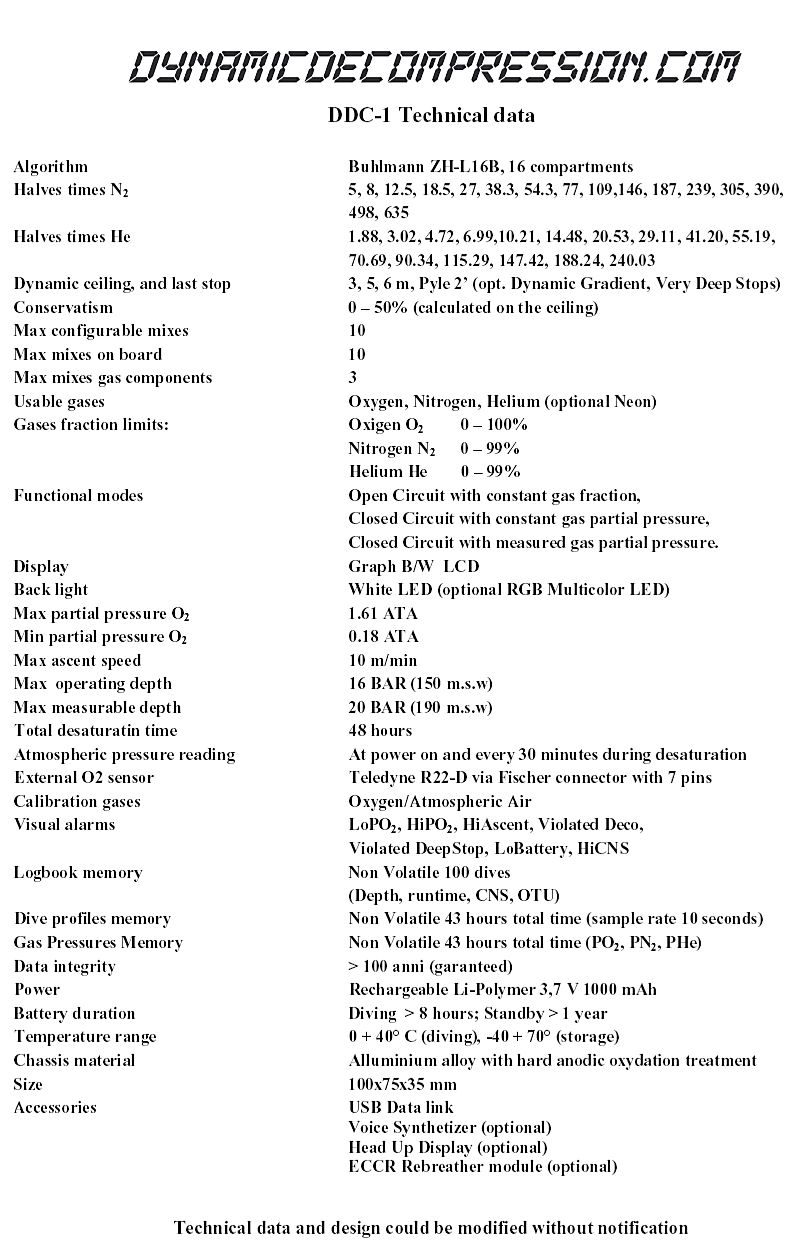 |
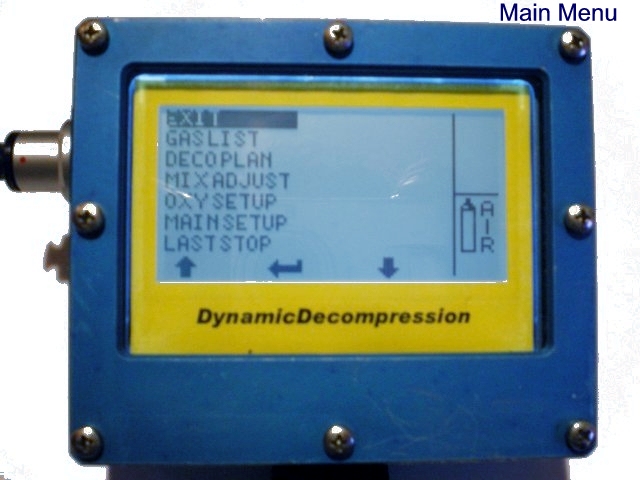 |
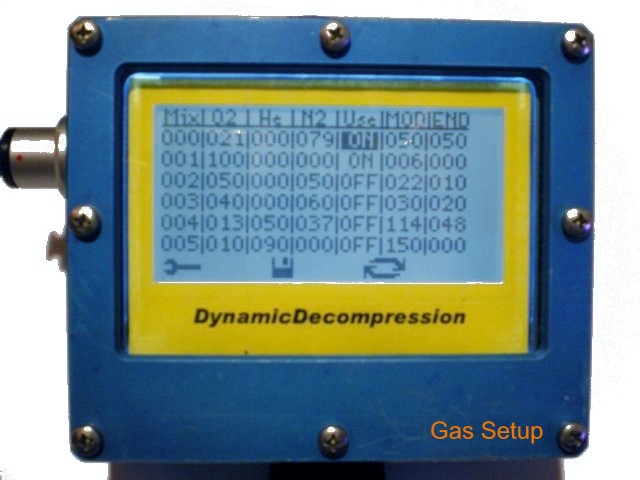 |
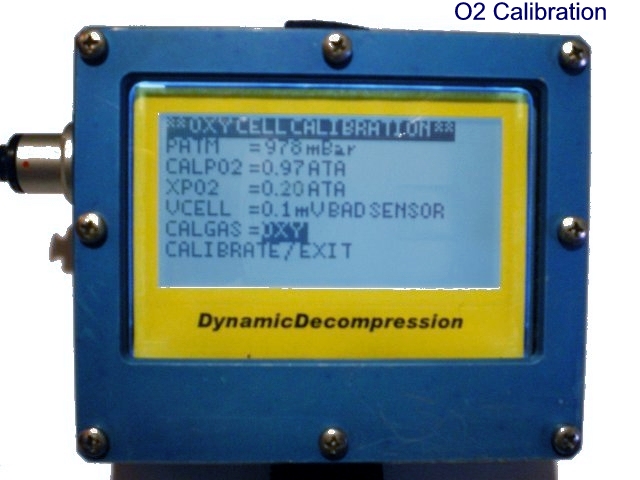 |
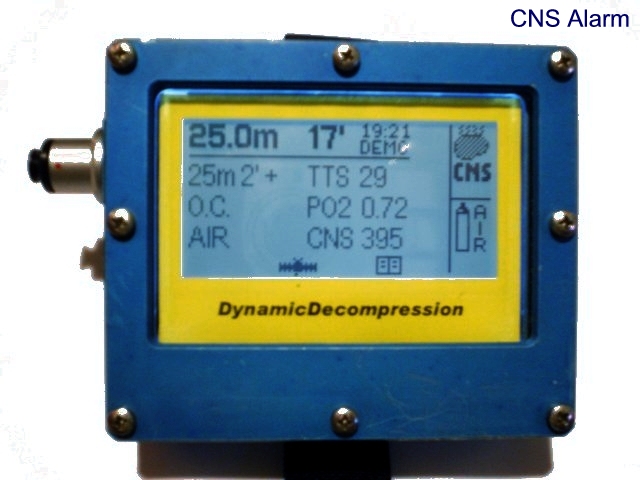 |
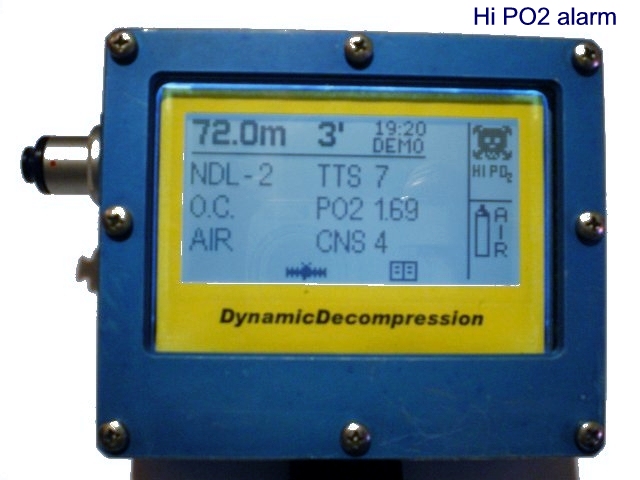 |
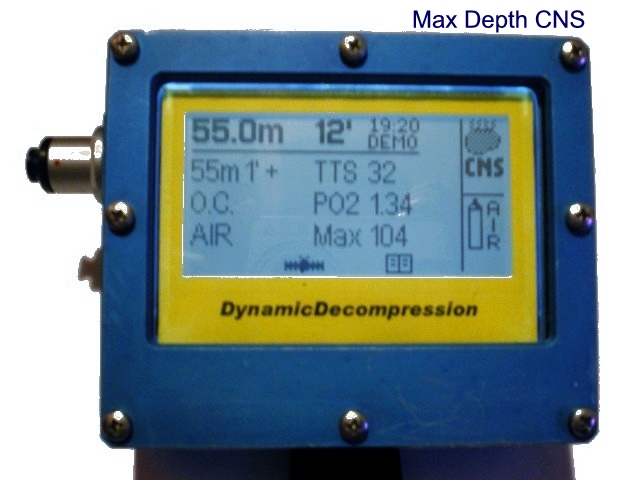 |
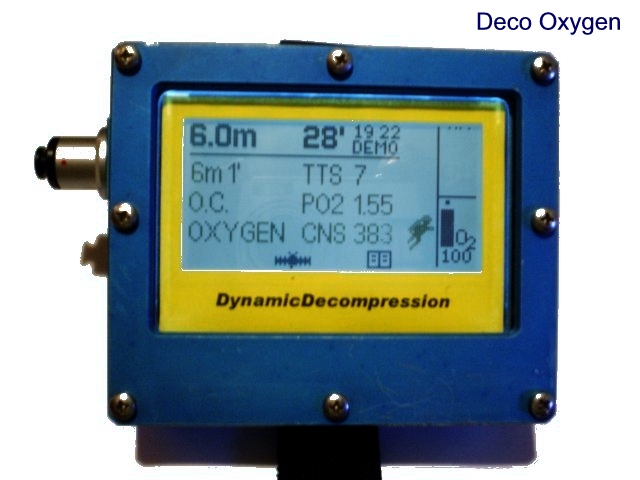 |
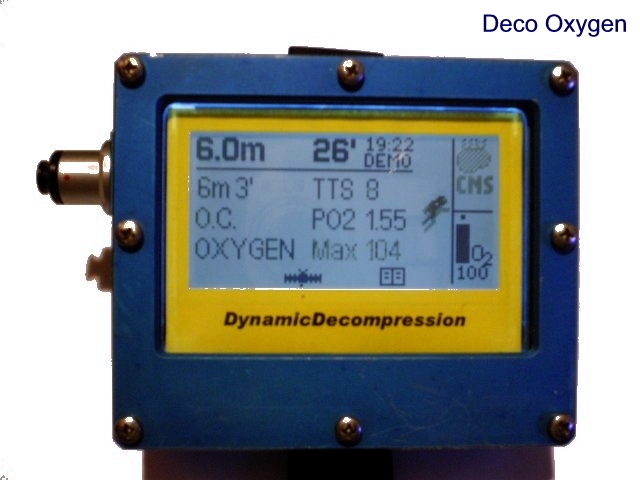 |
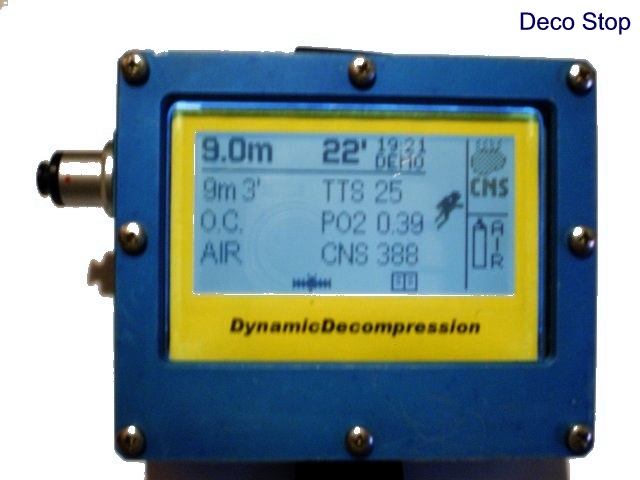 |
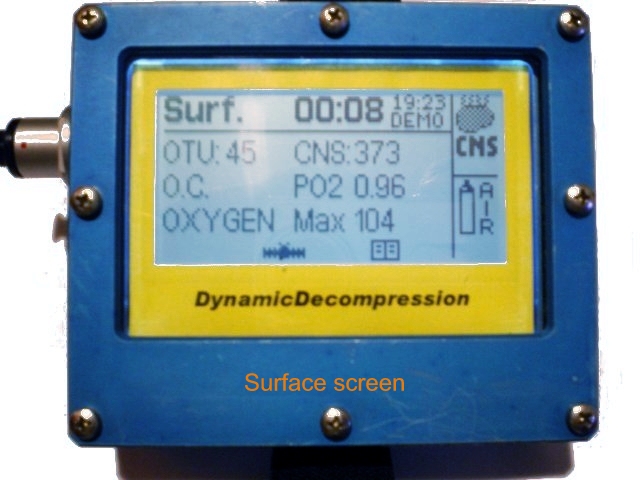 |
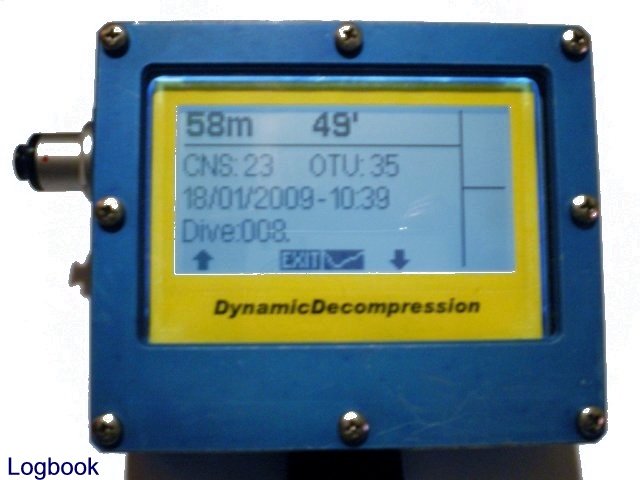 |
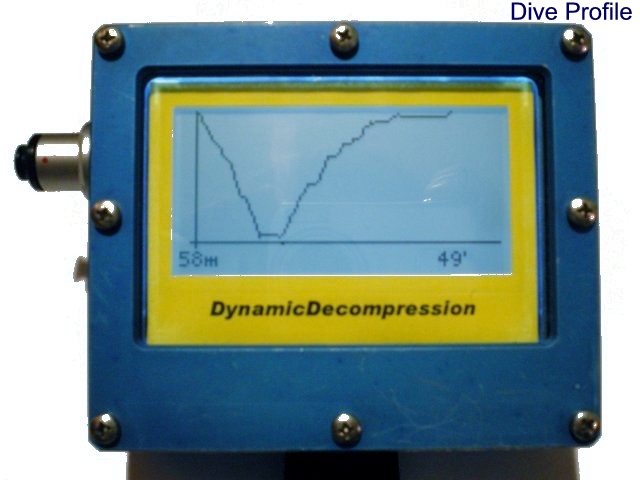 |
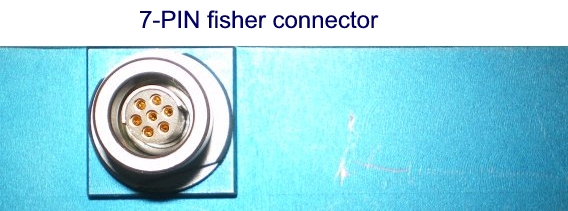 |
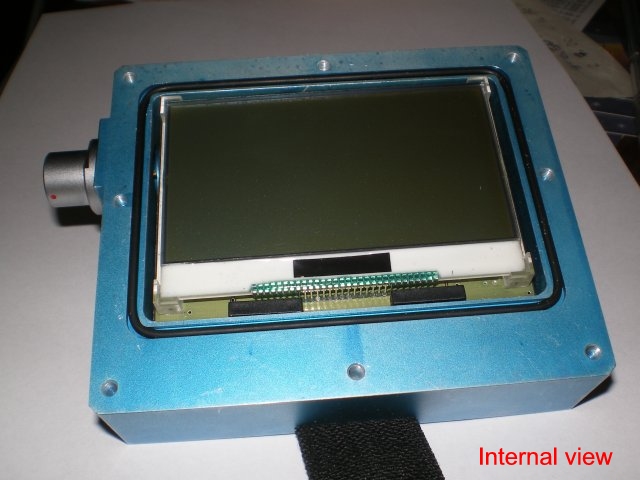 |
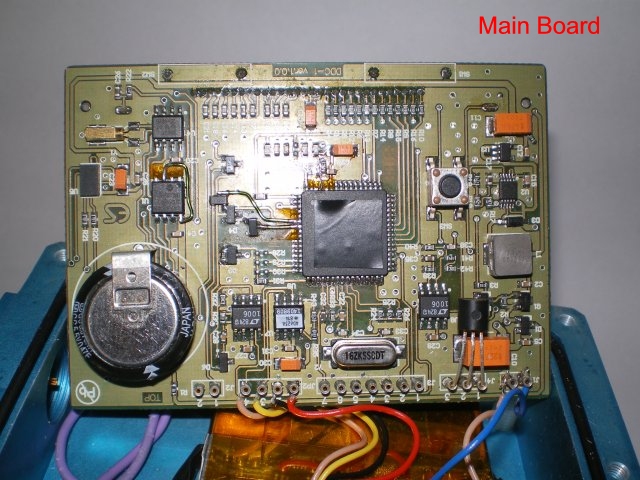 |
| For further inquiries please visit: Dynamicdecompression.com |
| published 06-04-2009 |
| Please sign my Guestbook |
| Email: jw.bech@quicknet.nl |
Attached, you will find the brochure of the new DDC1 Multimix decompression
computer that Carlo Marcheggiani designed. The computer is tested for more than
three months now with very good results.
The computer
is produced and available for
sale.
Find more information on:
Dynamicdecompression.com
I would like to thank Carlo Marcheggiani for sharing this information
Mainmenu:
Search this Website
Information about RB
Photo galleries
Historical Information
Links & Downloads
Reviews
Homebuilders
Electronics
Updates, speed menu
Web shop
Reviews SC rebreathers
Reviews CC rebreathers
RBís through the ages
Inspiration rebreather
Database Oxygen RBís
Database Semiclosed RBís
Updates
Speed menu
Search this web
